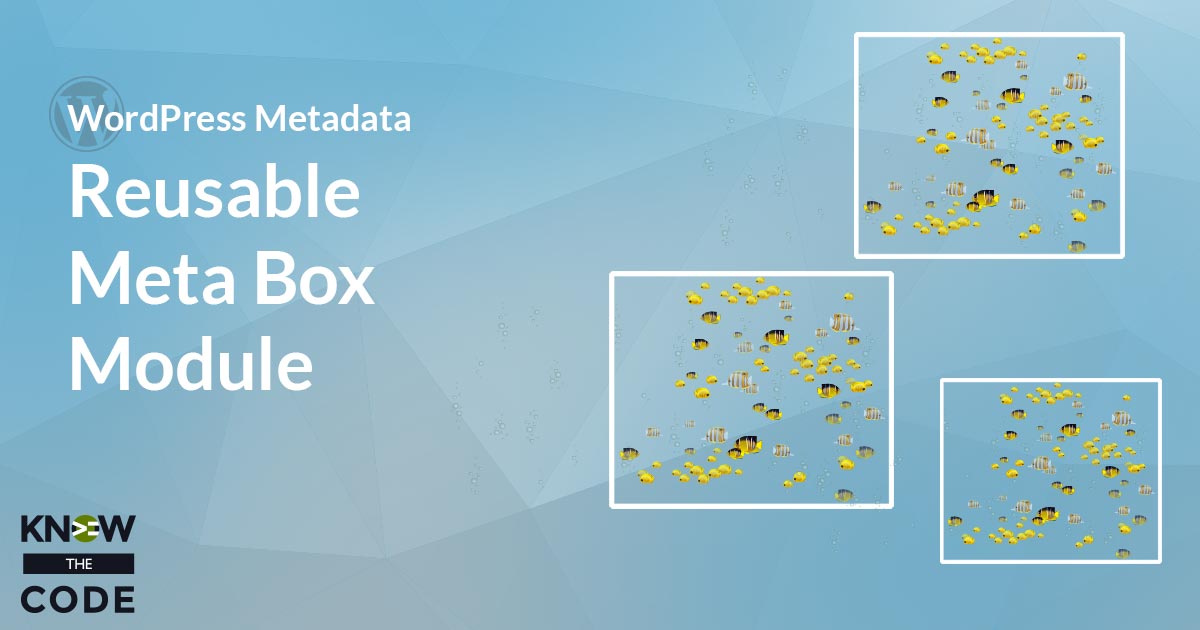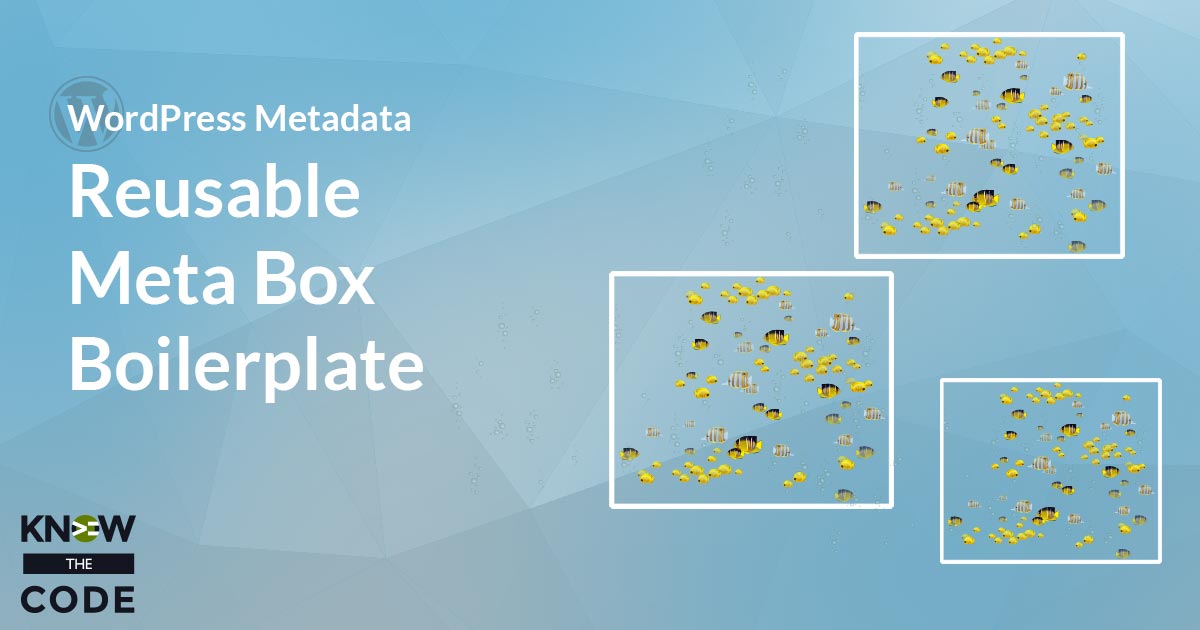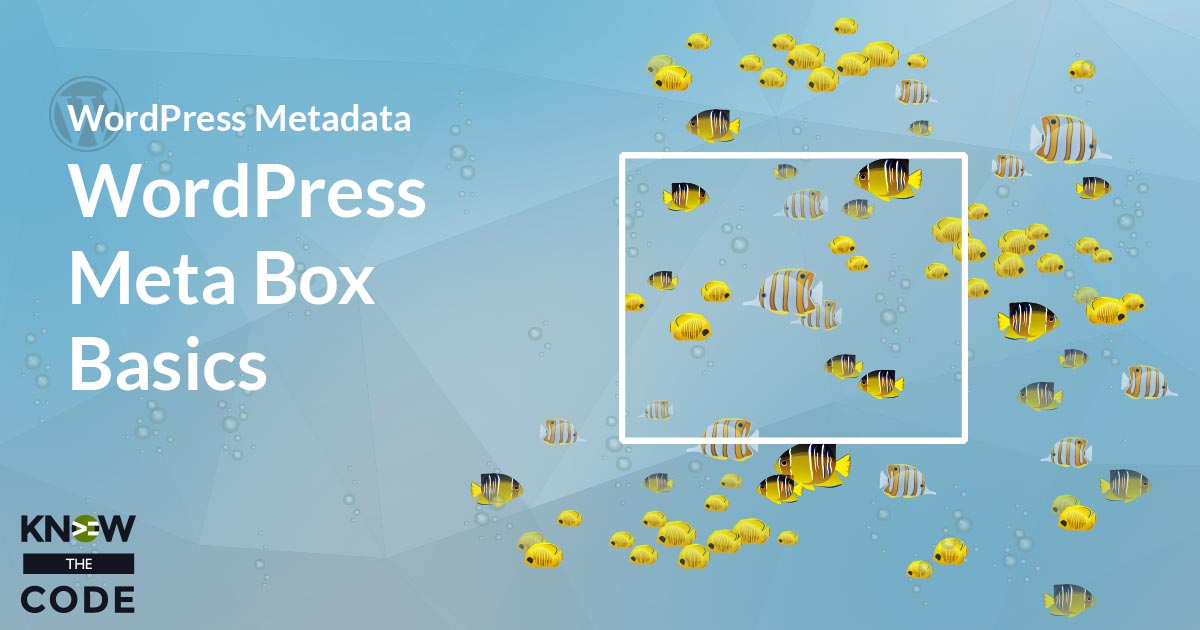As you are developing your Reusable Mindset, I want you to think about implementation and business logic. More specifically, think about how to separate a specific implementation from the business logic. This design pattern makes your code reusable. For example, in our project, we have 2 custom meta boxes. Yet, both are using the same code. Imagine pulling the implementation out of the code and abstracting it into a configuration file. Now imagine that our business logic is rebuilt to accept a configuration file and then it processes it. Why? In doing so, our business logic is built once. It […]



